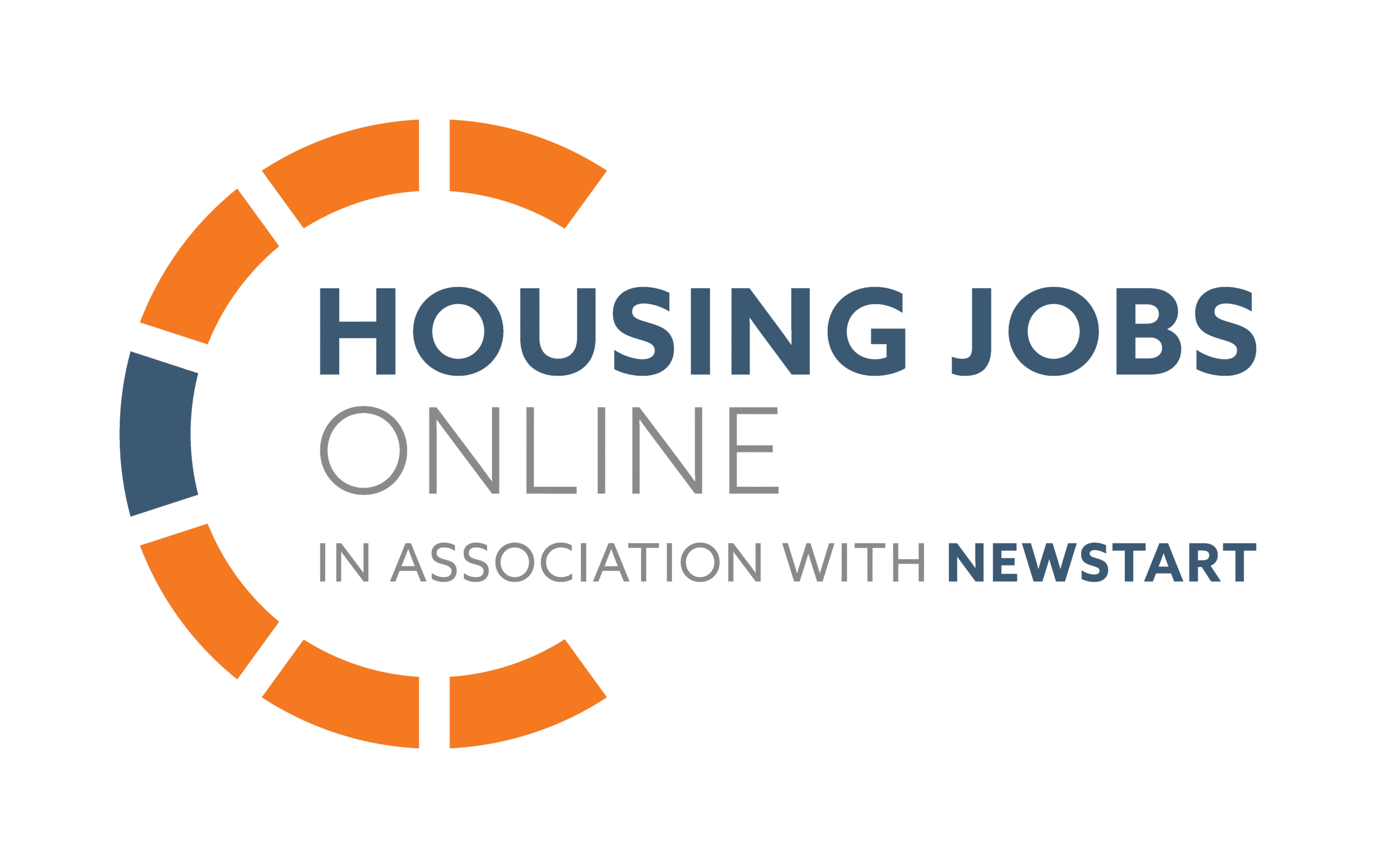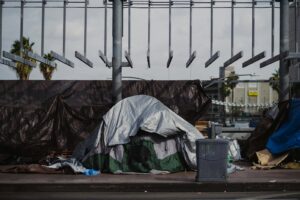LankellyChase has launched the first thoroughgoing profile of severe and multiple disadvantage in England. It shouldn’t be news to many that people experiencing severe social harms such as homelessness, offending or drug misuse mostly face a much wider set of problems. And yet, until recently, it has been remarkably difficult for the homeless, offending or drug misuse systems, both statutory and voluntary, to acknowledge the degree of overlap between their ‘populations’.
When I led the social exclusion unit report on prisoner rehabilitation, the criminal justice system – and its associated charities – only understood that there were offenders with housing problems. The idea that they could also be described as homeless people with offending problems simply didn’t compute.
The Troubled Families initiative should partly be credited with disrupting this rigidity and popularising the notion that when services start with the whole person they are almost inevitably drawn into addressing multiple issues simultaneously. Multiplicity has now come of age as a core rather than marginal policy concept, as shown in the chancellor’s autumn statement. So it is now quite rare to see the term ‘homeless people with multiple needs’, as if homelessness were automatically primary.
Inevitably there are concerns that multiplicity as a standalone concept is creating its own silos and stigmatising labels. While these concerns are well-founded, they should be balanced against the benefits of gaining a more coherent understanding of people who desperately need the best possible support from services.
If the aspiration to address multiple disadvantage is to be successful in an era of
lower spend, it will require much deeper systemic reforms than have yet been envisaged
This is why LankellyChase Foundation commissioned Heriot-Watt University to create a profile of people who are in contact with all three of the following systems: homelessness, criminal justice and drug treatment. Population data that underpins most policy development relies heavily on household surveys which exclude those, for example, in prisons or hostels. So we felt that the emergent field of multiple disadvantage should have access to the most coherent picture possible that could be pulled together from administrative data sets.
In commissioning the profile, we recognised that we would have to use data created by systems, for systems, and that we would not be able to capture information that is important to the people themselves. And we also recognised that this is but one lens through which to analyse multiple disadvantage, and that other data sets would reveal quite different profiles (there are further studies to come). So we are very cautious about this data being seized upon as definitive of a new ‘priority group’.
What does the data show?
What jumps out is the degree of overlap between the offending, homeless and drug treatment populations. Two thirds of the homeless population are also found in the other two systems. The same is true for the offender population. And one third of homeless people are found in all three systems in the year that the data was gathered. This finding alone calls into question the wisdom or usefulness of single issue strategies, as well as the legacy of separate systems and structures that we have inherited from the last century.
Disadvantaged childhoods
Digging down into the data, you find some things you would expect as well as a surprise. Sadly, you would expect to find childhoods of considerable disadvantage and we did. The profile points to a very close correlation between the extent of neglect and trauma suffered in childhood and the severity of disadvantage experienced in adulthood.
For example, people in contact with all three systems are at least three times more likely than those in contact with just one system to have experienced growing up in a homeless family, a parent who was violent, a parent with a drug or alcohol problem or a parent who was mentally ill. This perhaps explains why they were also four times more likely to run away as a child. In total 85% of people in contact with all three systems had experienced some form of childhood trauma.
This obviously suggests that much of the personal, social and economic cost later in life could have been avoided if services had intervened sooner and more effectively. We think that children’s services need to learn lessons from adult services about targeting early intervention strategies so that they genuinely reach the profile of people who were clearly failed the last time around. But we also suggest that the adults identified in this study should themselves be supported better if we want to prevent an intergenerational cycle. The surprise finding is that almost 60% of those with the most complex needs either live with children or have ongoing contact with their children.
Multiple disadvantage and poverty
This form of severe and multiple disadvantage turns out to be very closely correlated geographically with poverty. Again this will surprise no one, except the researchers found a very interesting inversion of the statutory homelessness geographic distribution. Multiple disadvantage is much more prevalent in northern areas, particularly post-industrial towns, whereas statutory homelessness clusters in London. This difference underlines how rooted multiple disadvantage is in economic deprivation and decline, as distinct from other factors such as the housing market.
What this suggests to us is that strategies focused exclusively on the individual needs of people and families won’t affect the root causes of the disadvantages they face. In recent years, there has been a marked divergence between initiatives focused on economic and structural inequalities and those focused on vulnerable or at risk groups, with the result that neither policy supports the objectives of the other. Just think of the separate work of the social exclusion unit and the neighbourhood renewal unit. There appears to be a strong case for re-integrating these strategies, not least if we are to avoid pathologising the symptoms of deep poverty.
Relationships
Finally there is some very moving evidence about quality of life. Only 16% of those facing all three disadvantages characterise their quality of life as good or very good. This contrasts with over 70% in the general population. The data shows that 75% of the same people report problems with loneliness, and this is borne out by the finding that not one person taking part in the research and facing all three disadvantages believed that they could count on their parents really to listen to them (contrast that with 12% of people in contact with just one system). Only 28% said they can count on a friend, whereas 34% say they would turn to a professional support worker to be heard.
The researchers note that severe and multiple disadvantage appears, in part, to characterised by dislocation from societal norms. This point seems to extend to dislocation from society itself. And that insight in turn should tell us something about the role of the support services on which people rely. In particular, it speaks to the importance of helping to reduce the familial and social isolation that leaves people so vulnerable to crises in the first place.
Conclusion
This research is not definitive and is not the whole picture. As researchers always say, more research is needed. But it does point strongly to a number of systemic and cultural changes that are needed. In implementing those changes, the timing of the profile, in the midst of austerity, could be considered fortunate or unfortunate depending on your perspective. We think that it demonstrates pretty convincingly that if the growing aspiration to address multiple disadvantage is to be successful in an era of lower spend then it is likely to require much deeper systemic reforms than have yet been envisaged. Reforms that must start with the person, are accountable to and created with them. These are reforms that will require bravery, but the prize is reduced cost achieved at the same time as real improvement in the lives of some of our most disadvantaged citizens.
- The report ‘Hard Edges: Mapping severe and multiple disadvantage in England’ can be accessed here.

















Leave a Reply